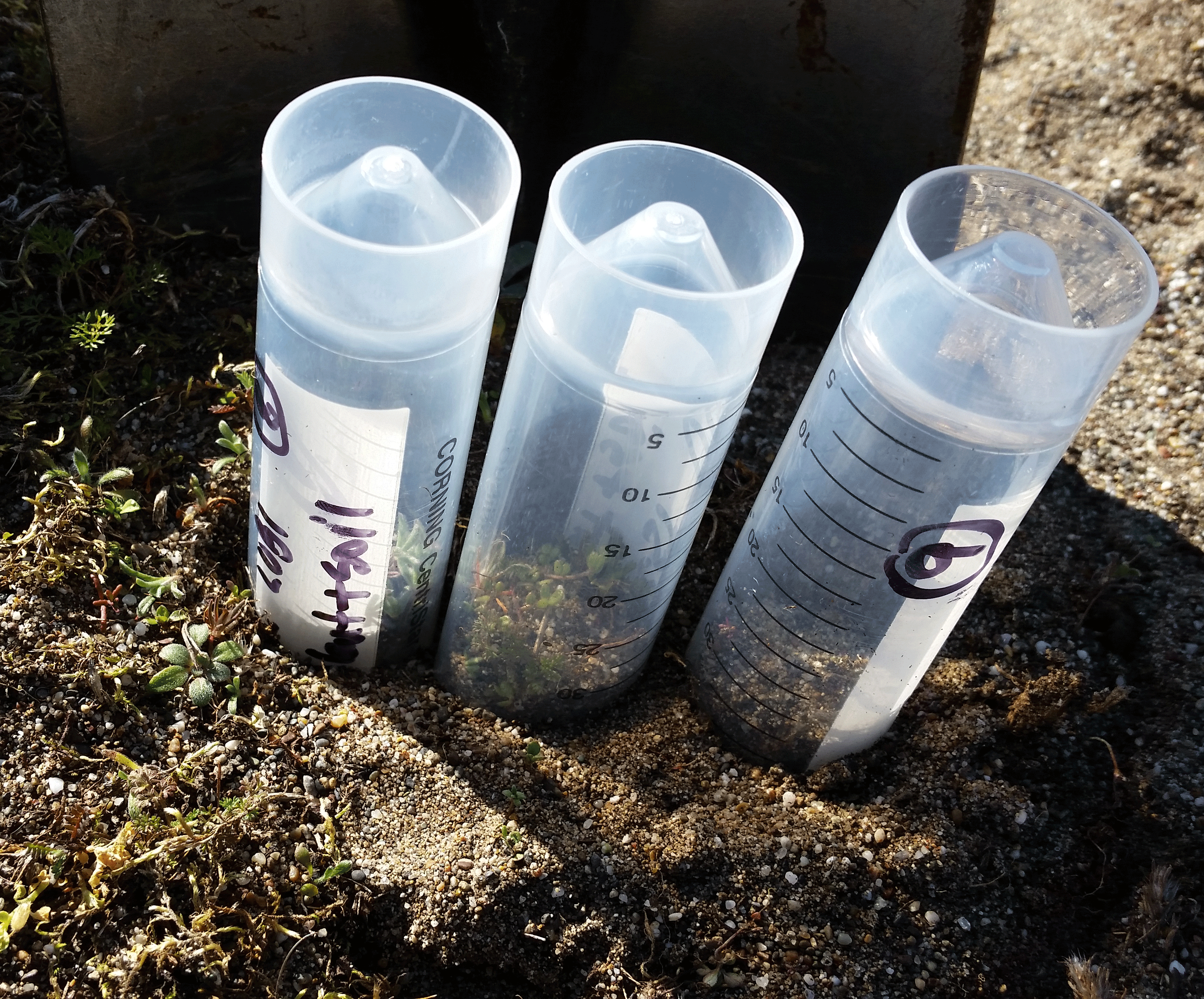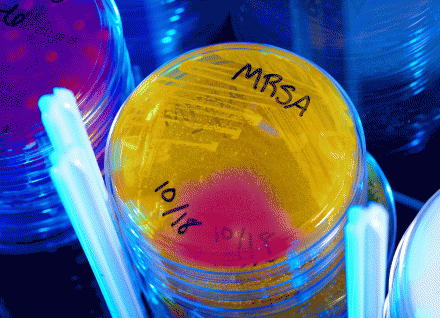Conflict With the Resistance

THE ANTIMICROBIAL RESISTANCE

The History Behind Antimicrobial Resistance
1928
Alexander Fleming discovers one of his petri dishes had grown mold that kills nearby bacteria. This leads to his discovery of the drug, penicillin. His discovery starts an era of antimicrobial drug development. This antibiotic is used to treat specific bacterial infections, like pneumonia.


1948
Benjamin Dugger discovers the first tetracycline, chlortetracycline, a natural product from soil bacteria. Unlike penicillin, tetracyclines are a new class of antibiotics noted for their treatment for a wider range of bacterial infection.

1940s
With a demand for penicillin during World War II, the US and British governments funded and challenged the pharmaceutical industry to find a way to mass produce it. A chemist named Charles Pfizer managed to develop a deep-tank fermentation technique that was able to produce penicillin in bulk. Mass production of penicillin was so successful it was it was able to treat wounds on the battlefield by 1944.

1949
Koyama Y. discovers colistin, which used to be used to treat gram-negative bacterial infections like E coli, but due to its high toxicity, it became a last resort drug. However, with an increase in antibiotic resistant bacteria, it has made a reemergence. Resistance to colistin is rare, but recent evidence has suggested it is developing, however, with no way of officially identifying it.
1953
Following the discovery of penicillin, academic studies were made to find more medications. After a scientist named Giuseppe Brotzu isolated the Cephalosporium bacteria, research at Oxford led to the discovery of cephalosporin. Cephalosporin is also used to treat a broader range of bacterial infection.



1959
With the Staphylococcus aureus bacterium developing a resistance towards penicillin, methicillin is introduced as an alternative to combat the resistance.
1959
Tetracycline-resistant shigella is identified and becomes increasingly more common. It is even still present today. Shigella is a bacterial infection of the intestines and has caused previously susceptible drugs to become ineffective and increased the rate of therapeutic failures.


1960s
The first strains of methicillin-resistant S. aureus bacteria is discovered by British scientists in 1961; the beginning of what will soon be known as MRSA. The first reported case of MRSA in humans was in 1968 and many more followed. A study found that the development of MRSA did not originate from the use of methicillin but the previous widespread misuse of penicillin.
1963
William W. Prichard discovers rimantadine, which is used for a specific flu virus, influenza A. It is a synthetic antiviral drug and is capable of being used as treatment or prevention.

edited_jpg.jpg)
1996
NARMS is a collaboration between state and local public health departments as well as the FDA, CDC, and USDA. It was established in order to track antimicrobial resistance in humans, animals, food, and possible other sources. The information and data it provides have been widely used to formulate policies, regulatory actions, and other methods striving towards preventing resistance and human infection.
2007-2008
A study about the resistance of rimantadine in influenza A samples shows more than 50% of the viral samples to be resistant. Rimantadine is no longer recommended to be used to treat influenza A. The cause for resistance can be seen on the M2 protein of influenza and an occurrence of an amino acid substitution.


2015
President Obama devises a plan for combating antibiotic-resistant bacteria, investing $1.2 billion to fund national efforts. The plan has five goals, including prevention of resistant infections and strengthening national surveillance efforts, that is being pursued towards over the course of several years.
2018
Professor Xiaoming and other researchers present new findings about a technique involving nano particles to combat antibiotic resistance in chemotherapy treatment. The procedure opens a window for chemotherapy drugs to target even the most resistant cells. This means that lower doses can be used, leading to an better treatment outcomes and less drug toxicity for healthy organs.
